Top speed 367 km/h Wingspan 16 m First flight 1937 Number of seats 3 | Length 10 m | |
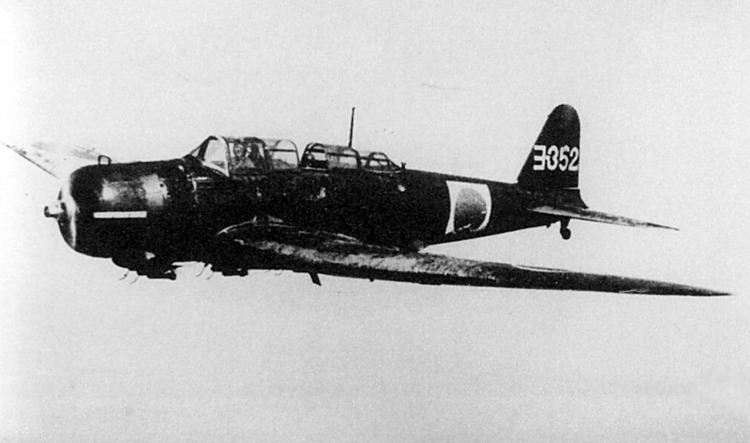 | ||
Nakajima b5n kate used in pearl harbor movie a torpedo bomber
The Nakajima B5N (Japanese: 中島 B5N, Allied reporting name "Kate") was the standard carrier torpedo bomber of the Imperial Japanese Navy (IJN) for much of World War II.
Contents
- Nakajima b5n kate used in pearl harbor movie a torpedo bomber
- Nakajima b5n kate torpedo bomber skyhawks aeromodellers adelaide south aust jan 2013
- Design and development
- Operational history
- Variants
- Survivors
- Specifications Nakajima B5N2
- References
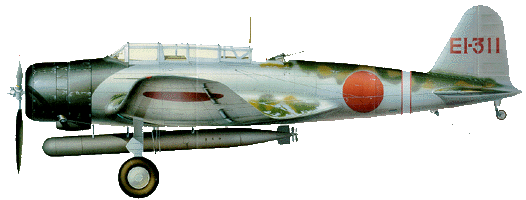
Although the B5N was substantially faster and more capable than its Allied counterparts, the TBD Devastator, Fairey Swordfish and Fairey Albacore, it was nearing obsolescence by 1941. Nevertheless, the B5N operated throughout the whole war, due to the delayed development of its successor, the B6N. In the early part of the Pacific War, flown by well-trained IJN aircrews and as part of well-coordinated attacks, the B5N achieved particular successes at the battles of Pearl Harbor, Coral Sea, Midway, and Santa Cruz Islands.
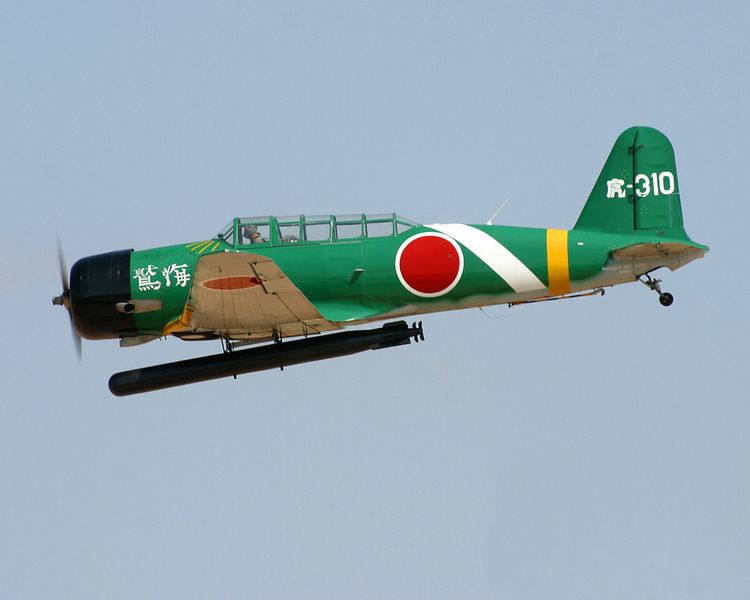
Primarily a carrier-based aircraft, it was also occasionally used as a land-based bomber. The B5N carried a crew of three: pilot, navigator/bombardier/observer, and radio operator/gunner.
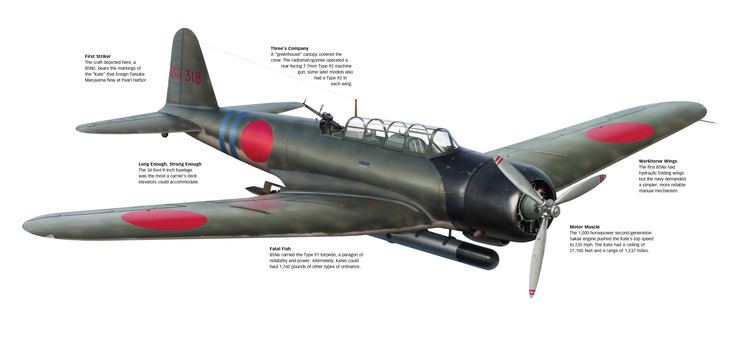
Nakajima b5n kate torpedo bomber skyhawks aeromodellers adelaide south aust jan 2013
Design and development
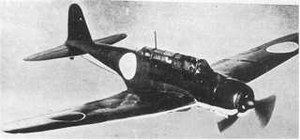
The B5N was designed by a team led by Katsuji Nakamura in response to a 1935 specification by the Navy for a torpedo bomber to replace the Yokosuka B4Y. Internally designated Type K by Nakajima, it successfully competed with the Mitsubishi B5M for a production contract. The first prototype flew in January 1937 and was ordered into production soon afterwards with the full designation Type 97 Carrier Attack Bomber (kyū-nana-shiki kanjō kōgeki-ki or kankō for short 九七式艦上攻撃機).
Operational history
The B5N soon saw combat, first in the Sino-Japanese War, where combat experience revealed several weaknesses in the original B5N1 production model. These were mainly concerned with the lack of protection that the design offered its crew and its fuel tanks. Keen to maintain the high performance of the type, the Navy was reluctant to add weight in the form of armor, and instead looked to obtaining a faster version of the aircraft in the hopes of outrunning enemy fighters. The B5N2 was given a much more powerful engine - Nakajima's own Sakae Model 11, 14-cylinder twin-row radial, as used in the initial models of the Mitsubishi A6M fighter — and various modifications were made to streamline it. Although its performance was only marginally better, and its weaknesses remained un-remedied, this version replaced the B5N1 in production and service from 1939.
It was this version that would be used by the Navy in the Attack on Pearl Harbor. The B5N2 Kate carried Mitsuo Fuchida, the commander of the attack on Pearl Harbor, with one from the carrier Hiryu credited with sinking the battleship Arizona. Five torpedo bombers were shot down in the first wave. Apart from this raid, the greatest successes of the B5N2 were the key roles it played in sinking the United States Navy aircraft carriers Lexington and Hornet, and the disabling of the Yorktown, which led to its sinking by the Japanese submarine I-168.
The B5N served as the basis for a follow-on design, the B6N, which eventually replaced it in front line service. The B5N continued to fly in secondary roles, such as training, target towing, and anti-submarine warfare. Some of the aircraft used for this latter purpose were equipped with early radars and magnetic anomaly detectors. B5Ns were also used as bombers during the unsuccessful defence of the Philippines in October 1944, suffering severe losses. Later in the war, they were also used for kamikaze attacks.
Variants
Survivors
Altogether, around 1,150 production examples were built; however, not a single complete example has survived from World War II.
Replicas of the B5N2s were made using stretched fuselages from U.S. North American T-6 Texan trainers, and Aichi D3A dive bombers were created using BT-13 Valiant training aircraft, which were modified to represent Japanese aircraft for the movie Tora! Tora! Tora!, and have been used in a number of movies and airshows since to depict the aircraft.
One recovered B5N2 is at the Wings museum in Balcombe, West Sussex, UK; This large portion was recovered from the Kuril Islands by a British private collector in 2003.
A B5N was unveiled at the Pacific Aviation Museum in Honolulu, Hawaii on 18 April 2016.
Specifications (Nakajima B5N2)
Data from Japanese Aircraft of the Pacific War
General characteristics
Performance
Armament
